The content of the article
- 1 The danger of a wrong watermelon
- 2 The right place to buy
- 3 Berry purity
- 4 Seasonality of purchase
- 5 The larger the berry, the sweeter it will be
- 6 Picking a watermelon by the tail
- 7 Watermelon Cheek Color
- 8 A proven way - choosing a watermelon by sound
- 9 Tasting is the best way to choose
- 10 Granularity of a natural watermelon
- 11 The color of the pulp is a sign of quality.
- 12 Proper storage of watermelon
- 13 Video: how to choose a watermelon
Watermelon is a sweet berry that many will like. The lightness, richness of taste and natural sweetness are so good in the summer when you want to eat something tasty and not overload the stomach. In the summer, the digestive system is difficult to cope with heavy food, so a sweet watermelon can become a tasty snack or even a full light dinner.
In the summer I really want to enjoy the taste of a high-quality and ripe watermelon, and how great is the disappointment when, outside, a beautiful berry when cut turns out to be rotten or unripe. There are different varieties of watermelon with characteristic external properties and taste. Not everyone can choose the right berry for a treat, so the exact recommendations will be very important.
The danger of a wrong watermelon
In addition to the immaturity of the berry, very often you have to deal with a high concentration of nitrates, which adversely affect the work of internal organs. Watermelon absorbs nitrates when fertilizing the land, if the farmer has dishonestly taken to fertilize the crop. When such substances enter the body, the circulatory and digestive systems break down, hemoglobin decreases and the general state of human health deteriorates. Incorrect transportation of oxygen in the circulatory system becomes the cause of the development of various diseases, among which, first of all, indigestion is noted.
But to refuse a watermelon in summer is impossible, since the variety of bright green berries and their aroma will not leave anyone indifferent. Doctors advise nevertheless to avoid buying watermelon in improperly equipped outlets and in spontaneous markets, since most of the products there contain nitrates and chemicals. If you learn how to choose a safe berry that does not harm the digestive system and delights you with a delicate taste, you will not have to give up summer treats.
Watermelon is considered a dietary product, since the lack of calories and harmful sugars in the composition allows you to feast on it even when losing weight. But it is not always possible to pick a berry without harmful nitrates and chemicals, since most fertilizers and baits contain toxic and dangerous substances, and unscrupulous farmers do not mind to fertilize melons with such a mixture. Why is that? The low cost of such fertilizers is the main advantage that bribes farmers, forcing them to forget about the possible dangers.
But how to choose a safe berry? How to distinguish a safe product from a harmful one? What recommendations will help in this difficult matter? A collection of the most useful tips will help to eliminate any doubts and make the right choice.
The right place to buy
Interesting fact! For subsequent sale in markets and in supermarkets, watermelons are brought from gourds alone, so it would seem, what difference does it make where to buy berries. In fact, the difference in the sanitary conditions of subsequent storage. The shops have all the conditions for proper storage (temperature, humidity, clean containers), but in the markets you have to be content with dirty pallets and fried air, which negatively affects the quality of the berries.
Berry purity
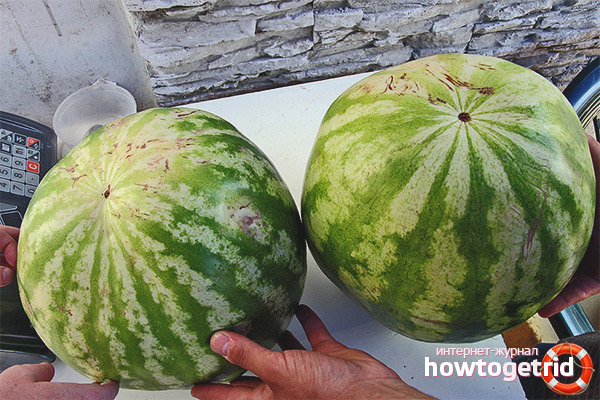
Thick peel does not protect the berry from dirt, as many believe. Of course, that the dust does not get inside the watermelon into the pulp itself, but microcracks become the optimal space for the development of bacteria and microbes, which still manage to get a sweet middle. And, if you still decided to buy a watermelon in the roadside zone on the way to the resort or home to feast on the road, then do not succumb to the entreaties of sellers who insist that dusty berries can be safely bought and eaten.
Seasonality of purchase
Watermelon is a seasonal berry, so you need to choose the time to buy it carefully so as not to get a fruit with solid nitrates and chemicals. Gourds are heat-loving fruits, so even the Central Asian countries are ready to sell melons and watermelons no earlier than the first half of summer. And in our country, the climate is less hot, so the time for ripening berries needs much more, and the transportation process adds time. For this reason, only in August you can enjoy delicious and ripened watermelons and melons.
Many sellers who sell watermelons earlier than the season claim to be very early varieties filled with sweetness and taste. It may well be ripe and sweet berries, but their ripeness and high ripening rate is justified by the use of specific fertilizers and the cultivation of melons in a greenhouse, so the product does not contain anything other than nitrates. It is not recommended to use such early ripe berries, as in most cases this will result in indigestion and general malaise.
The larger the berry, the sweeter it will be
For a watermelon, the rule is that the larger the fruit, the sweeter and tastier it will be. But more than 10 kilograms can only be individual varieties, and in most cases these are ripe and juice-poured fruits. If you want to choose a watermelon, which is guaranteed to be sweet and ripe, then feel free to choose massive fruits.
Picking a watermelon by the tail
Choosing a watermelon by the dryness of a ponytail is probably the oldest and most proven method that is literally passed down from generation to generation. In a ripe and sweet watermelon, the tail must be dry.
In the process of ripening, the berry eats from the bush, which dries up during flowering, which indicates a gradual filling of the berry with juiciness and taste. As soon as the bush dries, the tail becomes dry. Of course, that unscrupulous sellers try to artificially dry the tail, but if you carefully consider it when choosing, you can see the differences. A self-falling fruit from the dryness of the tail is very different from the tail of the fruit, cut in an unripe state.
Watermelon Cheek Color

The cheek of a watermelon is a place that came into contact with the ground when ripe, so it differs from the general color of the fruit. Yellow and even slightly orange color indicates full ripening of watermelon, as unripe berries have white “cheeks” that cannot be hidden.
A proven way - choosing a watermelon by sound
The choice of a ripe watermelon by sound is the so-called grandfather's method, which has the right to exist.But only men can check this way, because you need to take the fruit in your hands, bring it to the ear and in the middle, in the place farthest from the tail, squeeze the berry very much. The ripe fruit will begin to crack quietly under the force of pressure, but unripe berries will be silent.
You can knock on a watermelon, this is also an effective way of choosing. A muffled sound is a sign of ripeness of the berry, but the sonorous sound when knocking indicates immaturity and a large content of water. The tapping method is more suitable for girls, since physical strength is not needed here.
Tasting is the best way to choose
In the markets, sellers gladly treat their customers with a watermelon so that they can appreciate the ripeness and sweetness of the fruit. And this must be used, since the taste can best determine the quality of the berry. And in supermarkets, one watermelon from a batch is cut in half and each half is wrapped individually in a film, so that each buyer can consider the product and decide on a purchase.
Granularity of a natural watermelon
Returning to the tasting, namely, cutting the watermelon for demonstration, it is important to evaluate not only the taste, but also the structure of the fruit. When cut, it should be granular, as this indicates the absence of nitrates or their minimum concentration, which does not pose a danger. But a smooth cut indicates a high concentration of nitrates, so this fruit is not recommended to be consumed. But do not choose too grainy berries, as this indicates wateriness, fiberiness and overripe, so the taste will be badly spoiled.
The color of the pulp is a sign of quality.
The pink color of the pulp indicates ripeness and the absence of nitrates in the fetus. Only northern varieties are considered an exception, since they have a special red color of pulp. Even if you find a ten-kilogram watermelon and in the context it captivates you with a scarlet shade of pulp, this does not mean ripeness, but a high concentration of nitrates, which is dangerous for health and can cause poisoning. And if the red color has a lilac hue, then this is definitely a fruit with the content of nitrates and chemicals, so its use can turn into disastrous consequences.
Knowing the basic rules for choosing a sweet and ripe watermelon, you can find a safe and healthy fruit that will decorate your summer table. Do not be afraid to ask the seller and specify details regarding the watermelon, as your health and gastronomic pleasure depend on this.
Proper storage of watermelon
It is quite realistic to extend the shelf life of a watermelon if you choose the fruit itself using the tips presented above and taking into account storage recommendations. Please note that there are additional rules for choosing a watermelon for long-term storage, since not all fruits can retain their taste and juiciness for a long time.
The following tips are recommended:
- Grade selection. For long-term storage, it is recommended to select late varieties of watermelon, as a dense peel protects the pulp from damage. Yes, and you need to buy a berry from the end of September to the beginning of October, since such watermelons are resistant to temperature changes, so they are ideal for storage.
- Appearance. Select for long-term storage only whole berries that do not have damage on the surface in the form of microcracks and splits. The smooth and shiny surface of the berry is a guarantee of its long-term storage.
- The size of the fetus. It is not recommended to leave too large fruits in storage; watermelons weighing 4-5 kilograms are best suited.
Freezer storage
A relatively new way of storing watermelon is considered to be pulp freezing, but, as practice has shown, after defrosting, the fruit loses its shape and becomes soft. How is this justified? Do not forget that watermelon is 80% liquid, so when it comes in contact with low temperatures, it freezes in the structure of the pulp. After thawing, the water melts and comes out with the juice, so the crisp flesh of fresh watermelon turns into soft slices. It is quite realistic to enjoy such a watermelon, as you can make jelly, juice or supplement a cocktail.
Watermelon is a source of beneficial enzymes, vitamins and minerals, so eating a fresh and safe fetus has a positive effect on the digestive system and the functioning of the gastrointestinal tract. And the liquid content in the pulp improves the functioning of the kidneys.
Video: how to choose a watermelon

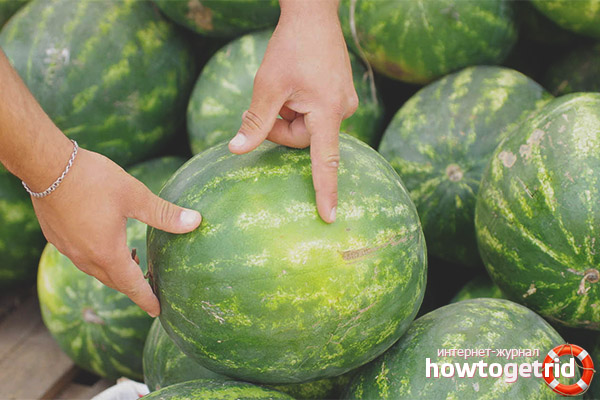
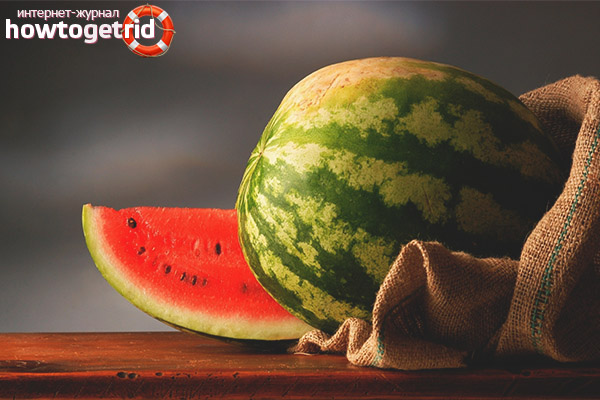

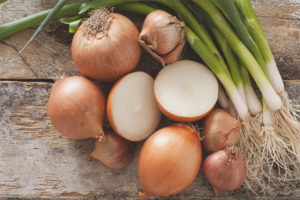
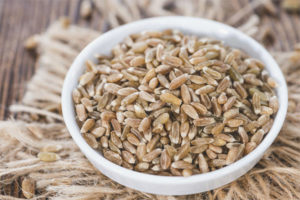
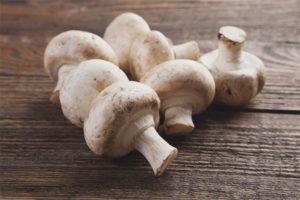
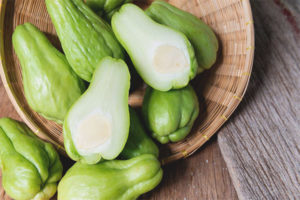
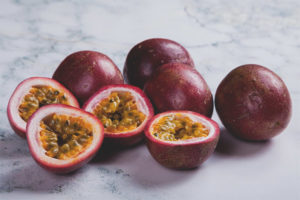
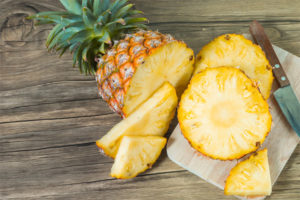
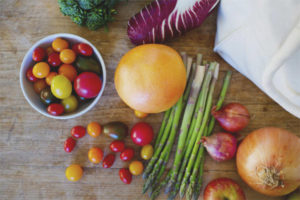
Submit